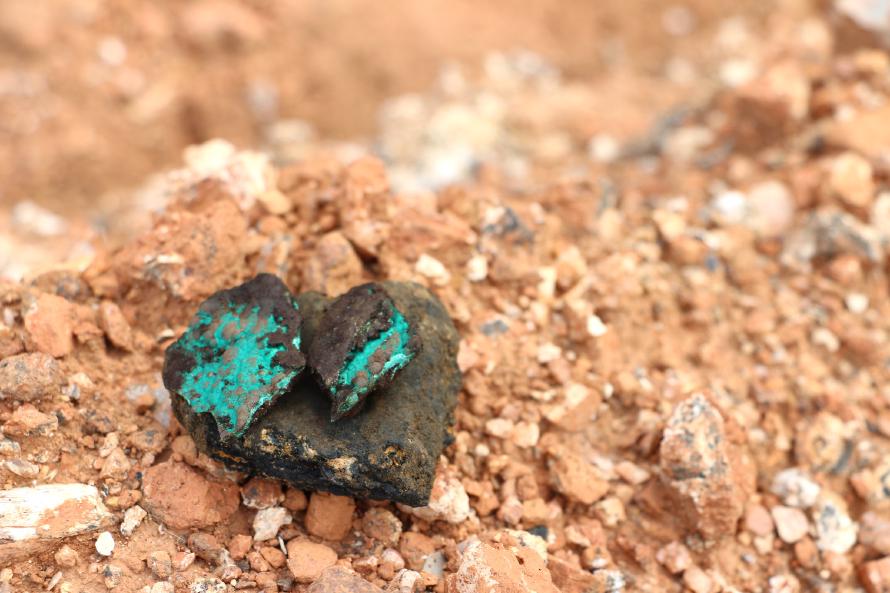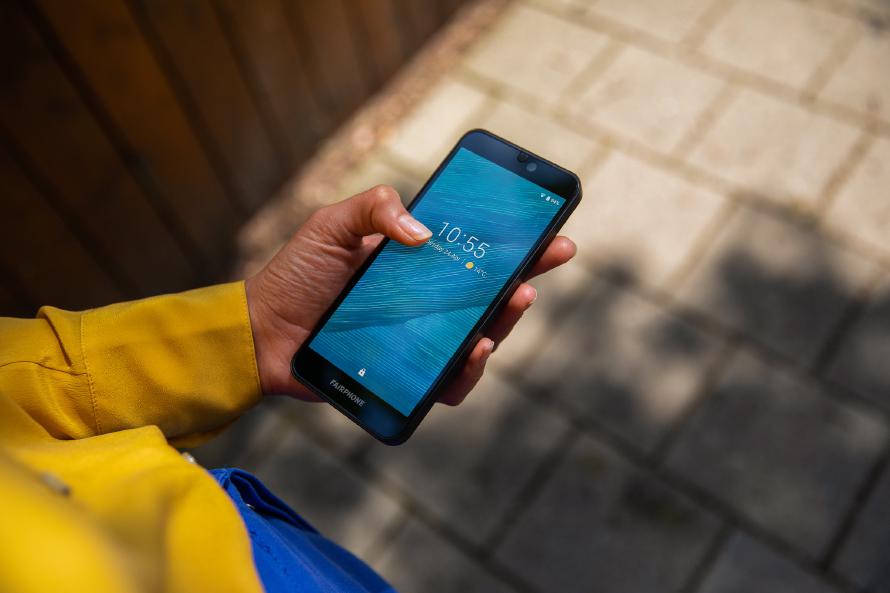Fairphone 3
I’d never heard of Fairphone until I accidentally stumbled across the company on the Fediverse. Initially, I thought they were a bunch of hippies with a grand plan on their merry way to certain failure. My experience with the likes of Navdy (bankrupt), SuperBook (vaporware), and the Jolla Tablet (cancelled) has made me a bit weary of new hardware projects.
But as it turns out, Fairphone is a well-established company that was funded back in 2013. And this isn’t their first phone, either. The company shipped just south of 200,000 units of their first two phones, and just recently revealed their third model, Fairphone 3.
The Fairphone 3 is made from recycled and fair materials, and has a modular and repairable design. But what does this actually mean?
The (Hidden) Cost of Cheap
Mobile phones are sold purely for the purpose of making as much money as possible. To achieve this, the manufactures source materials from the cheapest sources, and assemble the phones in low-cost countries. The working conditions in the mines and production plants are often poor. It’s not uncommon that the workers are kids should be doing something else, like be in school.
Another way mobile phone manufactures increase their revenue is by designing their phones in a way that make them hard and expensive to fix when they break. Some companies even lobby against your right to repair gadgets you own. So when they break, your only viable option is often to buy a brand new phone.
The number one excuse I hear people use when they buy a new phone is that the battery capacity has become terrible since they purchased the phone. New versions of the phone’s operating system is one reason for this. New versions usually come with more features, which use more CPU, and drain the battery quicker than before.
The main reason why battery capacity decreases, however, is that batteries have a limited life time. They degrade, and at some point they have to be replaced. The problem is that it’s usually not possible to replace the battery without special tools. This cause many people to buy a new phone instead, even though all they really needed was a new battery.

A Fairer Phone
Fairphone tries to tackle both these issues by creating a sustainable smartphone.
The company is making a positive change in materials supply chains by sourcing more responsibly mined materials. The use of recycled materials is also increased, and Fairphone is actively seeking partners who can help achieve these goals.
They also find ways to improve job satisfaction for workers in the mines and factories. Together with the suppliers, Fairphone is listening to workers and creating better working conditions with employee representation, income, and growth opportunities for all.
Least, but certainly not last, the Fairphone is designed for longevity, easy repair, and modular upgrades. The goal is to make the phone’s hardware last as long as possible, and to provide the support to keep its software up to date. The longer you can keep your phone, the smaller its environmental footprint.

The (REAL) Cost of Sustainability
All this goodness also comes at a cost, of course. In terms of actual financial cost, the Fairphone 3 is more expensive than other smartphones with similar technical specifications. The technical specifications themselves aren’t stunning, but they are good enough for average users, e.g. people like myself.
The repeatability of the Fairphone 3 comes at a design cost, and the phone looks like something designed a couple of years ago. The phone is 2mm thicker than the Samsung Galaxy S10, and a full centimeter taller than. But the Fairphone 3 still comes with less screen estate.
Still, the financial and design costs are issues I’d be more than willing to stomach to prevent that bitter aftertaste of pollution, low wages, bad working conditions, child labor, and pure financial greed that comes with most other smartphones.
Does this mean that I’ll throw away my Samsung Galaxy S8, and purchase a Fairphone 3 now? No, of course not. My S8 still works, and throwing it away - or even using Fairphone’s own recycling program - would defeat the entire purpose of the Fairphone. My S8 is already in my hands, so the damage has been done.
But my next phone is a Fairphone1.
The best option would be to not get a new phone at all, but we all know that’s not gonna happen. ↩︎
Feedback
This post has no feedback yet.
Do you have any thoughts you want to share? A question, maybe? Or is something in this post just plainly wrong? Then please send an e-mail to vegard at vegard dot net with your input. You can also use any of the other points of contact listed on the About page.